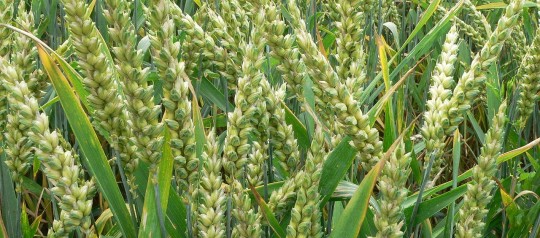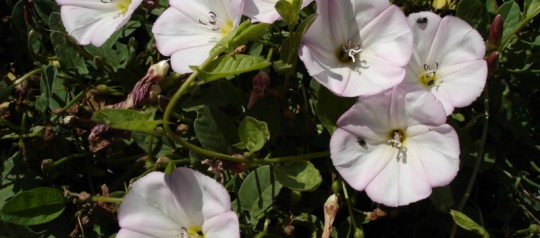Case Study: Mycoinsecticides
The entomopathogenic fungi M. anisopliae and V. lecanii successfully control a wide range of soil and foliar pests. Destruxins are major metabolites of both species. Large-scale greenhouse trials showed that these metabolites do not enter tomato, cucumber or radish, even when the BCAs are applied at normal and 10 fold higher rates than recommended. Results indicate that the BCAs are safe for consumers and the environment.
The entomogenous fungus B. brongniartii is recommended for the control of Melolontha melolontha(European cockchafer). Field trials using normal and higher application rates showed that this is harmless to potatoes. Oosporein, the major metabolite secreted by this fungus, did not enter potato plants. These results suggest that this BCA as also safe for humans and the environment.


